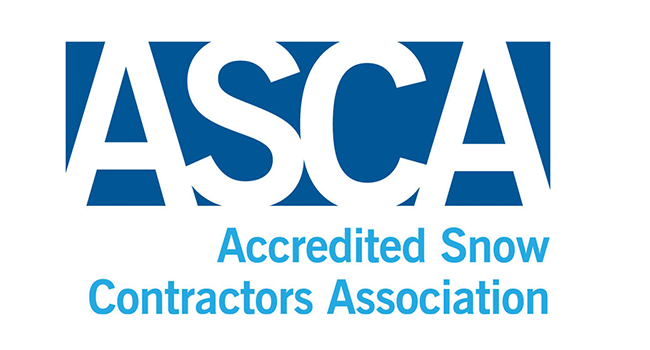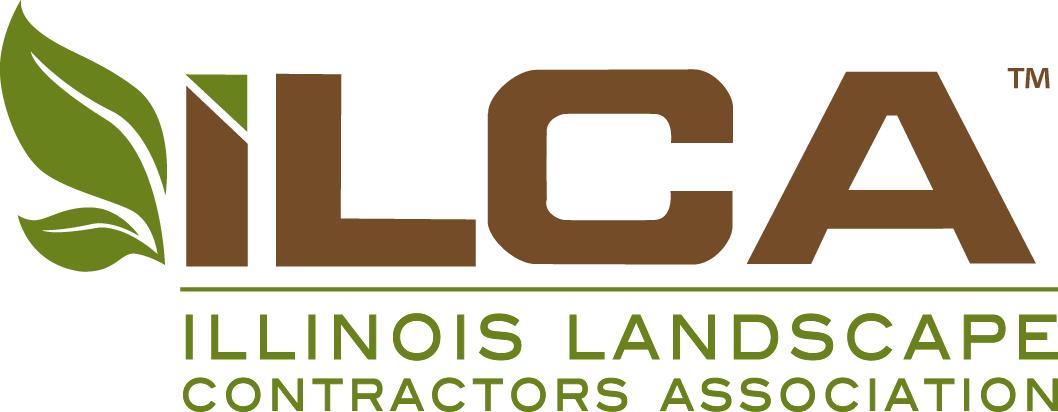How will my snowfall report be used?
By reporting snowfall and ice measurements via this app, you are joining the Weather Command® Snow and Ice Spotter Network. Pending our quality assurance review process, your reports may be incorporated into the data base and used to help with local accumulation amounts to be reported via the Weather Command® CSSS Snowfall Website. The snow and/or ice report you submit does not mean that the location reported will receive the exact total supplied. However, your report will be an important piece of data used in the snow and ice storm analysis process.
How should I measure snow?
Snowfall measurements should be taken on a snow measuring board (SMB) (ie a small piece of plywood painted white) placed on the ground in an open area not subject to drifting.
To make your own SMB, first acquire a 24 inch x 24 inch piece of plywood. A thickness of 3/8
inch to ½ inch is recommended to reduce the likelihood of having it blow away. For greater
durability it is best to use exterior or marine grade plywood. Paint the plywood on both sides
and all edges with a flat, white paint.
Put your snow measurement board (SMB) out and mark
its location with a flag or some other indicator so it can be found after a new snowfall. The SMB
should be located in the vicinity of your station in an open location. Find an area where wind
effects and drifting are minimized and far enough away from buildings or trees where snow
blowing off of higher structures is unlikely to fall onto your SMB.
It is essential to measure snowfall in locations where the effects of blowing
and drifting are minimized. Measuring in a location where snow accumulates uniformly
simplifies all other aspects of the observation and reduces opportunities for error. In open
areas where windblown snow cannot be avoided, take a number of measurements in different
locations to report a representative measurement (typically 3 or more measurements). The
multiple measurements should be averaged together to obtain an accurate measure of the
snow that fell. The measurements should not include the largest drifts or areas that have had
snowfall drastically reduced by the wind. In heavily forested locations, try to find a clearing
where snow is free to fall without being caught in the tree canopy.
- Measurements beneath trees are inaccurate because snow can accumulate on tree
branches and never reach the ground. - Areas that are shaded from the sun (e.g., on the north side of building) are acceptable sites
for measuring snowfall if winds are not blowing in a direction likely to blow snow off of roofs
and artificially inflate the snowfall total. - If a SMB is not available, snowfall can be measured on the ground. As a last resort
measurements can be made on surfaces such as a picnic table or a wooden deck as long as
the observing location is not near a building where snow blowing off the roof is likely to
accumulate and artificially inflate the amount of snow that fell. - Be aware that it is possible that in such locations wind may blow snow off elevated
surfaces, which would result in artificially low measurements. - Measurements taken on grass can leave air space below the bottom layer of snow,
particularly early in the season and when there was no previous snow on the
ground. Measuring all the way to the ground can inaccurately inflate the snow
depth amount.
Snowfall is the accumulation of new snow and ice (ice pellets [sleet], graupel, snow pellets)
since the last observation, prior to melting or settling. Measure snowfall to the nearest 0.1
(one-tenth) inch. The measurement should be made as soon as possible after the snow ends in
order to capture how much accumulated. The observer should be aware that wind-blown snow can accumulate on a SMB even though no snow has fallen. It should not be reported as snowfall. Only report actual snowfall amounts.
For more information go to: https://www.weather.gov/media/coop/Snow_Measurement_Guidelines-2014.pdf















